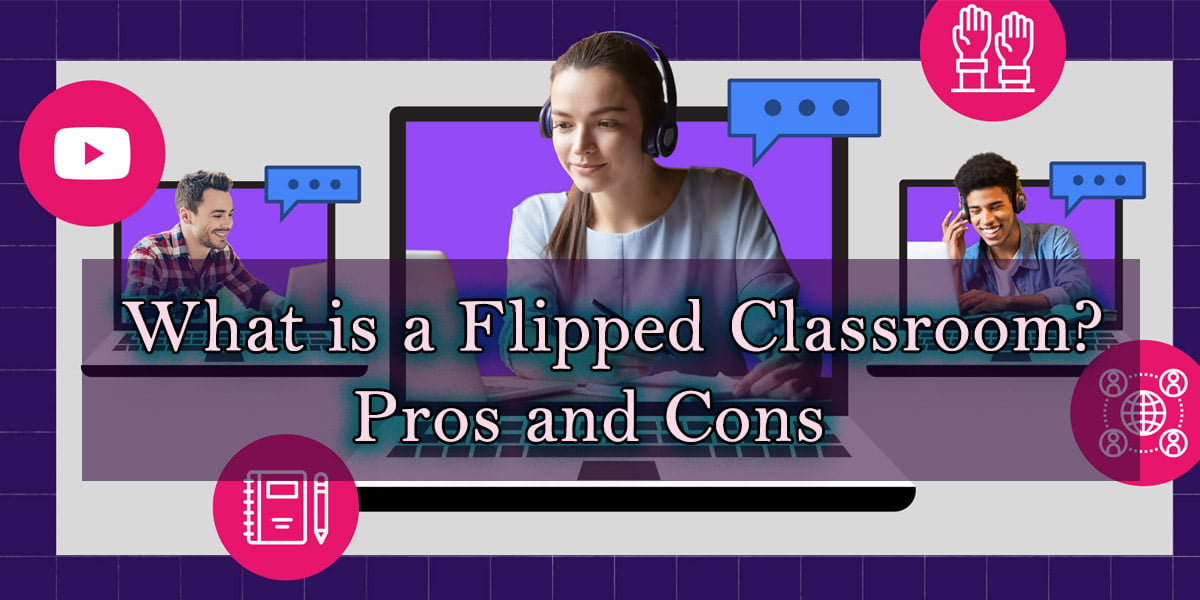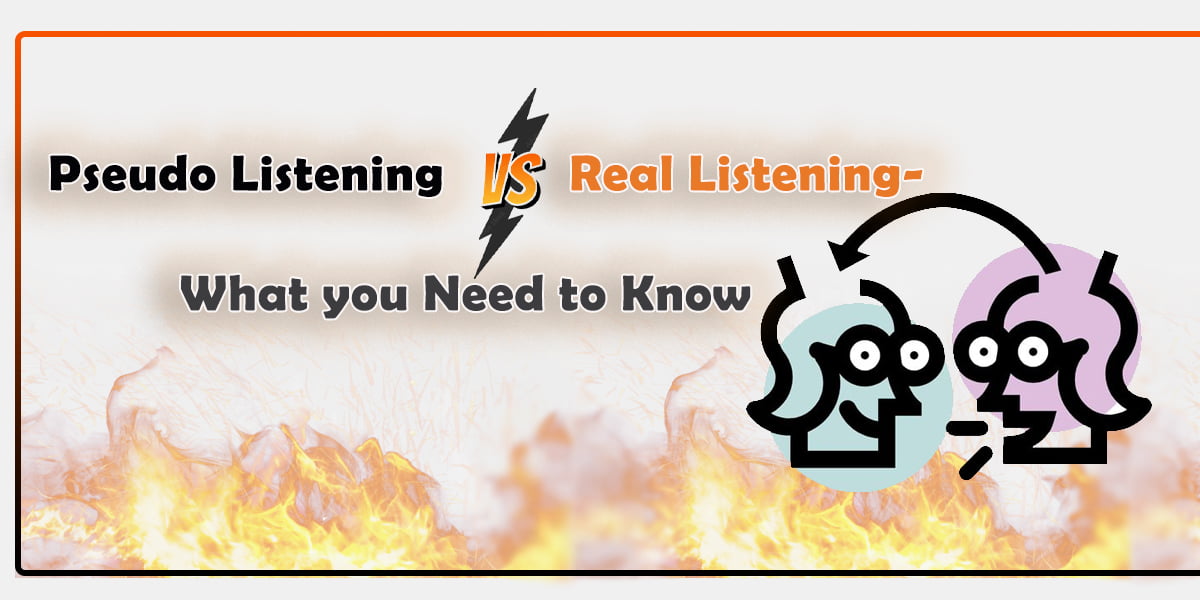Engaging students is a key challenge in virtual classrooms where in-person interactions are limited. To keep students interested and involved in learning remotely, educators must strategically use the right digital tools. When chosen based on course goals and student needs, online tools can help recreate real-world classroom experiences virtually. They offer ways for students to interact, collaborate, be assessed, and apply their understanding. Using suitable tools also makes students familiar with technology, preparing them for future careers. Educators should focus on selecting tools that simulate hands-on learning online through participation, teamwork and multimedia activities.
Nearpod

Nearpod is another popular tool that enhances engagement through interactive presentations and lessons. Like Kahoot, Nearpod allows teachers to create multimedia lessons and quizzes. However, Nearpod presentations are more comprehensive and come with additional features for interactivity.
Teachers can build presentations by adding questions, polls, videos, websites, drawings and other interactive elements. As students access the lesson on their devices, teachers have full control over pacing and can see student responses in real-time. Nearpod supports features like virtual raise-hand, live drawings, spotlighting student screens and private chat.
Some key advantages of Nearpod include:
- Choice of over 50 interactive activity templates like true/false, multiple choice, open ended etc. that keep lessons lively.
- Ability to add multimedia content from sources like YouTube, websites etc. to explain concepts visually.
- Real-time student feedback through engagement reports that help teachers identify concepts requiring re-teaching.
- Support for collaborative activities like think-pair-share, group discussions and peer reviews within lessons.
- Offline access to lessons on any device for flexibility. Lessons can also be assigned as homework.
Nearpod is very effective in making online lessons more immersive and hands-on for students. The engagement reports help teachers continuously improve instructional methods as well. Nearpod offers a free basic account along with premium subscriptions.
Padlet

Padlet is a free digital bulletin board platform that allows students and teachers to collaborate visually online. On Padlet, users can post text, images, videos, files and more to virtual bulletin boards or “Padlets”. Teachers commonly use Padlet for activities like brainstorming, class discussions, group projects and peer reviews.
To set up a Padlet board, teachers can choose from different themes and layouts. They can then invite students to access the board via a shared link. Students are able to drag and drop content pins on the board. Teachers have moderation controls and can provide prompts, pose questions or comment on student work.
Some effective ways Padlet has been used for student engagement include:
- Open-ended class discussions where students share thoughts as image pins or recorded audio/video.
- Collaborative storytelling where each student adds to an ongoing virtual storyboard.
- Lesson reviews where students summarize key points and reflect on their learning.
- Showcasing student work like art, writing samples or problem-solving approaches.
- Real-time collaboration on group projects, presentations or case-studies.
Padlet offers a free platform that promotes interaction, collaboration and creativity in online classrooms. It brings students together visually for shared learning experiences.
Edpuzzle

Edpuzzle is a tool that allows enriching online video content with interactive elements for deeper engagement. On Edpuzzle, teachers can take any online video (from YouTube, Vimeo etc.), add questions, polls and notes throughout. Students then access the customized video and are required to pause and respond to embedded activities.
Some ways Edpuzzle has been used effectively include:
- Turning instructional videos into mini lessons by adding comprehension questions in between.
- Creating video notes or lecture captures with interactive elements for flexible learning.
- Adding self-assessment questions to video tutorials for concepts practice.
- Polling students during a video to check understanding or gather feedback.
- Assigning video homework with integrated activities for accountability.
Edpuzzle generates detailed analytics on student progress and performance. Teachers can track viewing time, responses and re-watch patterns. This helps identify gaps and tailor instruction accordingly. Edpuzzle’s free version provides robust customization options to make online videos more engaging for learners.
Google Jamboard

Google Jamboard is a free digital whiteboard service within G Suite. On Jamboard, teachers and students can collaboratively work on projects, brainstorm ideas and share information visually. Some key features of Jamboard include:
- Choice of blank canvases or templates to get started fast.
- Ability to add text, images, videos, shapes, files and more from the sidebar tools.
- Real-time collaboration where multiple users can work simultaneously.
- Comment and annotation features to provide feedback.
- Option to record sessions as videos for reference later.
- Jamboard offers various engagement applications such as:
- Group discussions and debates through visual mind-mapping.
- Collaborative note-taking during online lectures or lessons.
- Joint problem-solving by sharing and building upon ideas.
- Interactive lessons with embedded questions, polls and drawings.
- Showcasing student portfolios and projects virtually.
Jamboard brings the benefits of interactive whiteboards online. It enhances visual collaboration to keep students involved throughout virtual lessons.
Implementing these tools strategically
While the above free online tools offer rich features for student engagement, it is important that teachers implement them strategically based on course objectives and student needs. Some best practices include:
- Introducing one tool at a time and providing basic tutorials for students to get comfortable.
- Choosing tools aligned with specific lesson topics to maximize relevance.
- Designing activities that encourage interaction, creativity and applying concepts.
- Scaffolding use of tools from easy to more complex as students’ skills develop.
- Incorporating tools across different parts of the lesson – from opening to practice to assessment.
- Modeling tool use first and providing clear instructions for students.
- Monitoring engagement during activities through teacher dashboards or chat.
- Giving constructive feedback and recognizing student effort to boost motivation.
- Assessing learning from activity outcomes versus just tool-based scores.
- Encouraging peer-learning and collaboration through joint tool activities.
- Surveying students about what tools they find most useful for different tasks.
- Continuously improving tool implementation based on student feedback.
With the right planning and implementation, these free online student engagement tools can help simulate real-world classroom experiences in virtual settings. They offer interactive, collaborative and multimedia approaches to learning that keep students motivated throughout the learning journey. By thoughtfully blending tools into pedagogy, teachers can enhance online education.
Read More: Online Assessment Tools: Effective Evaluation in the Digital Age
Conclusion
In summary, Kahoot, Nearpod, Padlet, Edpuzzle and Google Jamboard are some highly effective free online tools that educators can leverage to boost student engagement in virtual classrooms. When used strategically based on course needs, each tool brings unique features to assess understanding, apply concepts and encourage collaboration. Regular implementation of the right tools makes online learning more interactive and helps address the engagement challenges of the virtual classroom.




